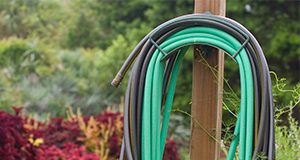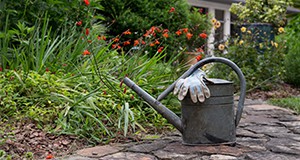Homeowners who use excessive amounts of water to irrigate their landscapes have specified demographic characteristics and have been identified as high water users. This three-page fact sheet is the third in a series discussing how Extension can improve high water users' engagement in water conservation, focusing on how to effectively communicate with high water users about water conservation education. Written by Pei-wen Huang and Alexa J. Lamm and published by the Department of Agricultural Education and Communication.
http://edis.ifas.ufl.edu/wc257
Tag: Pei-wen Huang
Engaging High Water Users in Water Conservation #2: High Water Users' Water-related Behaviors and Willingness to Act
Approximately 50% of Floridians’ daily water consumption is used for outdoor purposes, such as landscape irrigation; this is 20% higher than the national average. In order to alleviate the pressure on the precious water resources in Florida from various demands, increased public awareness and engagement in water conservation is needed especially among high water users. This four-page fact sheet is the second in a series discussing how Extension can improve high water users’ engagement in water conservation with a focus on high water users’ water-related behavior and willingness to act. Written by Pei-wen Huang and Alexa J. Lamm and published by the Department of Agricultural Education and Communication.
http://edis.ifas.ufl.edu/wc256
Engaging High Water Users in Water Conservation #1: High Water Users' Experiences and Perceptions of Water
Florida has an abundance of water, but still faces an increased pressure on water resources because of a growing population, prosperous tourism, and an active agricultural industry. This five-page fact sheet is the first in a series discussing how Extension can improve high water users' engagement in water conservation by focusing on high water users' characteristics, experiences with water issues, and perceptions of water. Written by Pei-wen Huang and Alexa J. Lamm and published by the Department of Agricultural Education and Communication.
http://edis.ifas.ufl.edu/wc255


